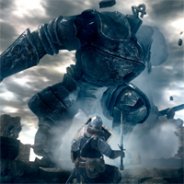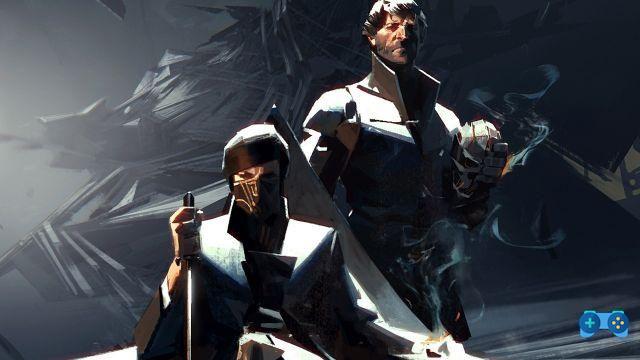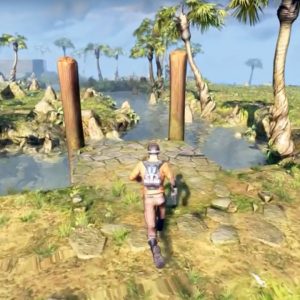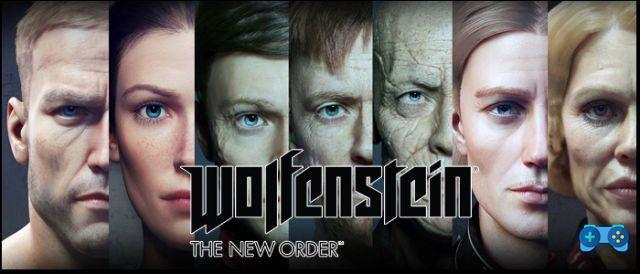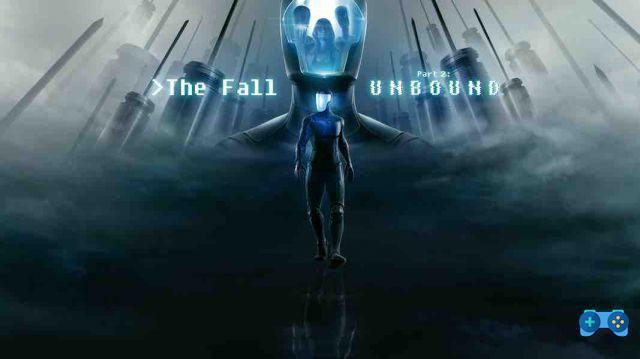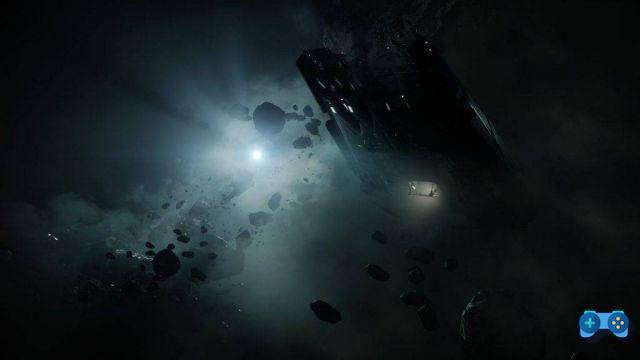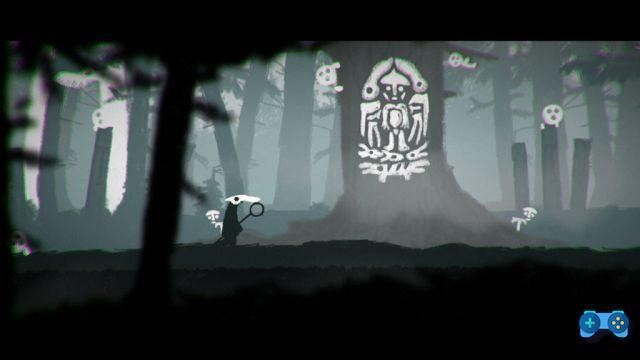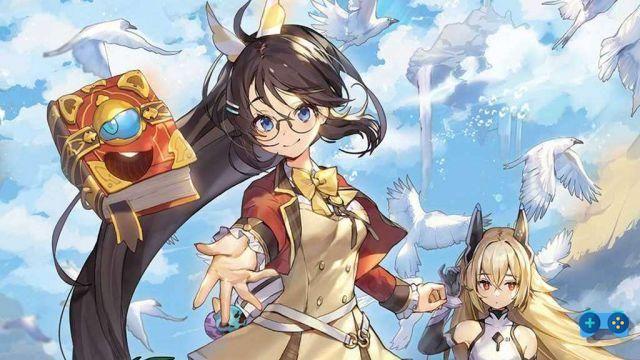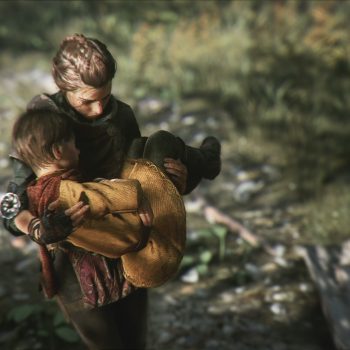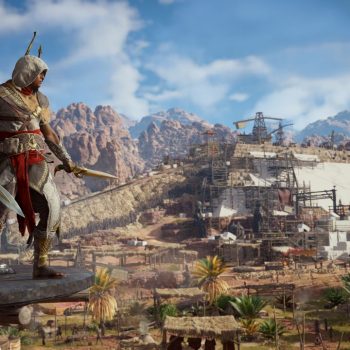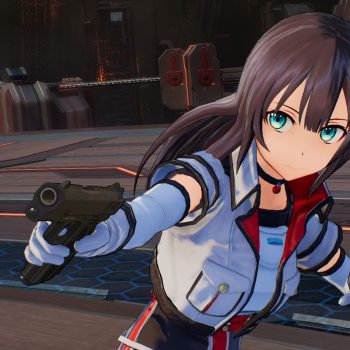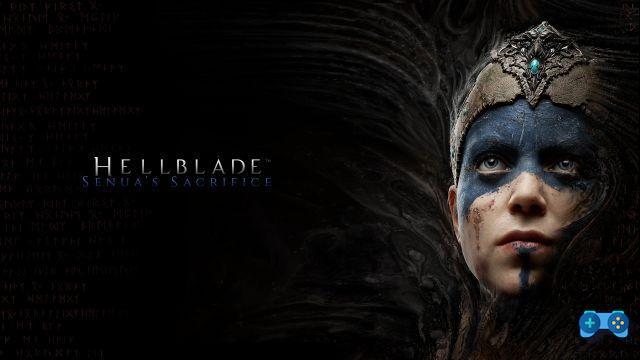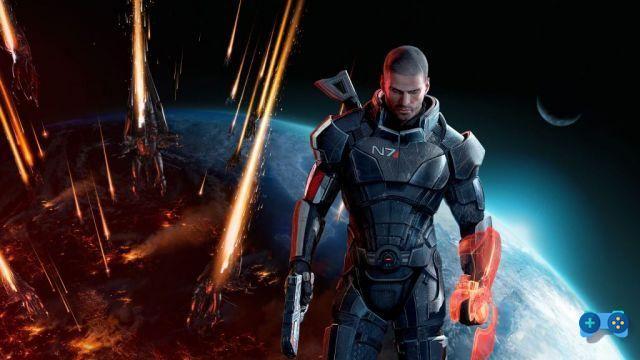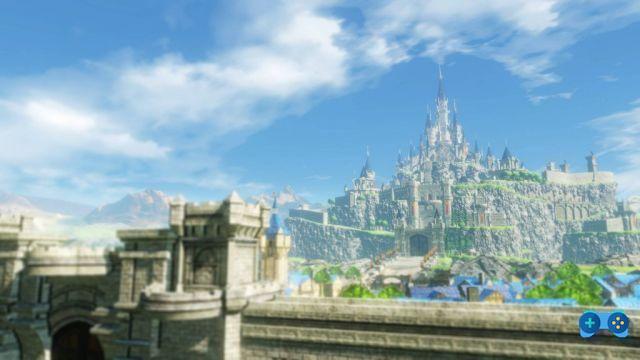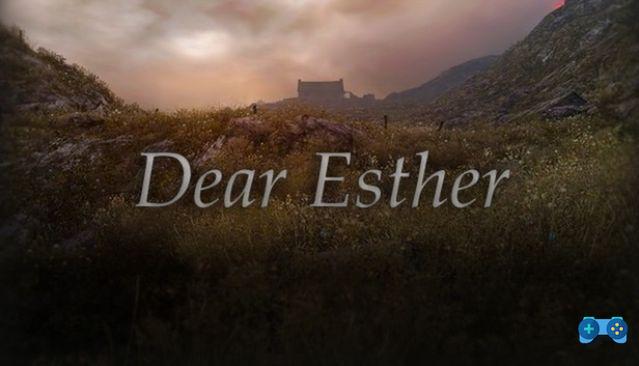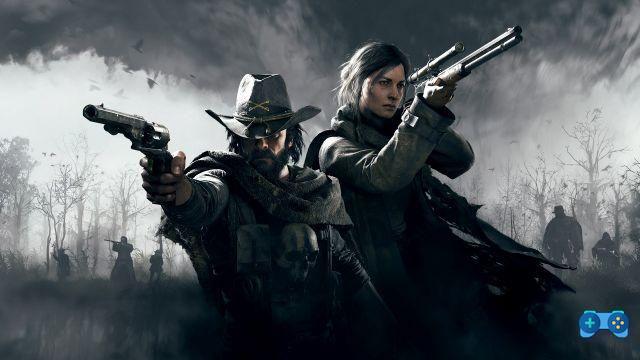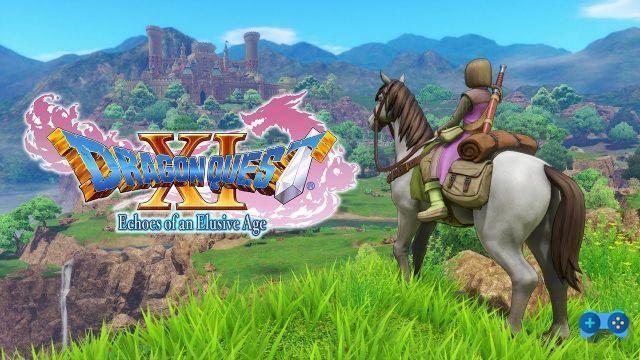
The eleventh chapter of Dragon Quest has finally arrived in Europe, Dragon Quest XI Echoes of a Lost Age. Let's find out together in our review in this beautiful Square Enix adventure.
Version tested: PlayStation 4
Certainly one cannot but define a good year for Square Enix: in fact, after Octopath Traveler, the Japanese giant has launched the eleventh chapter of Dragon Quest on the world market. Dragon Quest XI Echoes of a Lost Era is presented on the market in a truly captivating guise, so much so as to mark the good period of form of the Japanese house.
Dragon Quest XI Echoes of a Lost Age takes some time to drag you into its history. Before you know it, the ticker hits the screen and our baby is now a shonen exhibiting a cut à la Vegeta while you and your childhood friend are ready for a training ceremony. Not that exciting is it? Well, it's fascinating, at least. Echoes of a Lost Age offers the tutorial of his JRPG fighting style during a mountain climb for the ceremony, and you get to team up with a Dog that barks and paralyzes Slime. Akira Toriyama's smile is still in full effect and, by proxy, I was smiling too. One drawback is the lack of Japanese dubbing, which makes some characters bland.
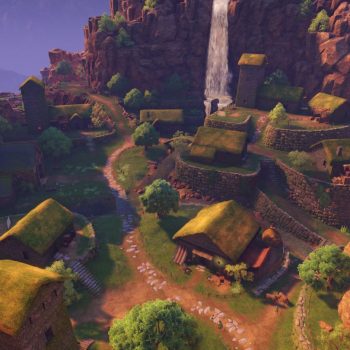 A fantasy world full of colorful characters.
A fantasy world full of colorful characters.
Dragon Quest XI is spiritually very similar to Dragon Quest VIII, first released in North America for the PlayStation 2 in 2005. Both XI and VIII are single-player games that take place in mostly open worlds and are built around characters already ready with consolidated skills and personalities. By contrast, 2010's Dragon Quest IX emphasized character customization via a more robust work system, with every character you've traveled with available to be profoundly modified.
As it was with VIII when it came out, Dragon Quest XI is the best the franchise has ever seen. The bright and colorful cel-shaded graphics are perfect for Akira Toriyama's signature character and monster designs. Typical Unreal Engine texture-pop issues aside, the game is almost always gorgeous, whether you're in a green meadow, barren desert, frozen snow field, or rocky highlands.
The game's art direction is at its best in the villages and towns of Erdrea, the not quite open world where Dragon Quest XI takes place. Each new place you visit has a completely different visual appearance, sometimes modeled on real places. Heliodor looks like a typical medieval castle town, while Hotto village evokes a Japanese village, snow-covered Sniflheim is vaguely inspired by Russia, and Gondolia is strongly reminiscent of Venice. The things you do in each city are pretty much the same - visit the shops, talk to NPCs, open busts and barrels for loot, but the different NPC views and speeches of each new zone keep the exploration interesting.
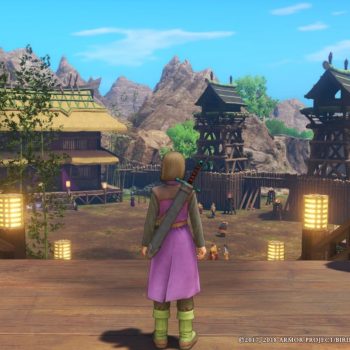
DRAGON QUEST XI: Echoes of an Elusive Age_20180806200541
Explore, equip and ...
Dragon Quest XI simultaneously shrinks those gigantic areas as it populates them with more treasure (mostly ingredients you can use to craft better weapons and armor later on) and rest and / or save points. The haystack is smaller and contains more needles, a change that makes the game more linear and also more satisfying. The presence of various supports - a horse plus a variety of special monsters capable of climbing walls, jumping high or flying - can also speed up exploration, both by increasing movement speed and sending smaller enemies flying.
You will surely decide to take the time to explore the smaller map and collect those handcrafted ingredients and create recipes. That's because the title's “Fun-Size Forge” mini-game is by far the best way to keep all your characters in weapons and armor that keep up with the progressively stronger monsters you encounter.
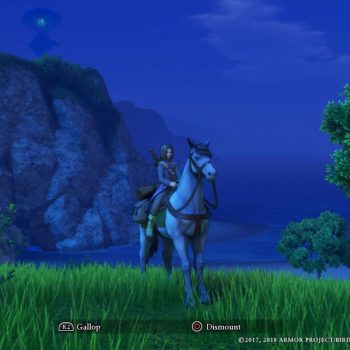
DRAGON QUEST XI: Echoes of an Elusive Age_20180816235625
... improve!
The other ways to upgrade your characters are standard leveling and character skill tree. Leveling will always be the primary source of stat boosts, and each character also learns new spells and skills related to their primary role. But each level also gives you a handful of skill points, and that's where the skill tree comes into play.
In fact, each skill on the grid is a hexagonal tile surrounded by other tiles, and you must use your skill points on skills and bonuses closest to the center of the grid before you can get the most advanced bonuses at the far corners. Each character has a unique skill tree with a few different specialties that all intersect in different ways; Typically you can choose between two or three different types of weapon skills and a section devoted to upgrades and skills of the class-related stats.
Some characters' base classes and skill sets will always make them better for some roles than others; no matter how you allocate your skill points, the mages in your party will never turn into great warriors. It seems less flexible than Dragon Quest IX's leveling system, and it is; however, the skill tree still encourages experimentation by allowing you to reset sections on a character's grid at a cost of 20 gold per skill point recovered. You may find that a +10 skill modifier that made a big difference early in the game doesn't matter in end-game; therefore, recovering those points for use is a great choice for the player. It adds variety and flexibility while keeping the role of each character unique.
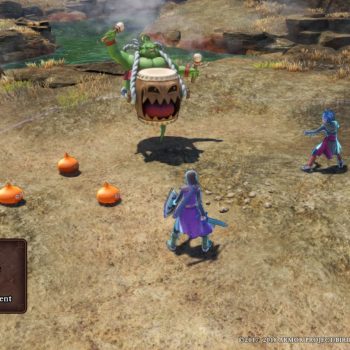
DRAGON QUEST XI: Echoes of an Elusive Age_20180806200812
Watch, learn, repeat.
The things Dragon Quest XI does well certainly outweigh the things it does badly; however, there are some points in the game that can frustrate both newcomers and longtime fans. The main problem is repetitiveness, which Dragon Quest XI Echoes of a Lost Age suffers even worse than most repetitive RPGs.
The actions you will take inside those arches also become repetitive, especially if you are trying to find all the hidden objects in the corners of the game. When you arrive in a new area, scour the map for crates and sparkling spots as you familiarize yourself with a new set of enemies. Each town usually has a side quest or two available, but these are often simple fetch-quests.
The strength of the game's art direction and localization and the conversations between your party members ensure that this doesn't get too boring. Also, as you get to the end of the game, two / three twists will make you happy that you made it this far. But for the most part, neither the small stories the game tells, nor the larger story it tells are particularly interesting in their own right.
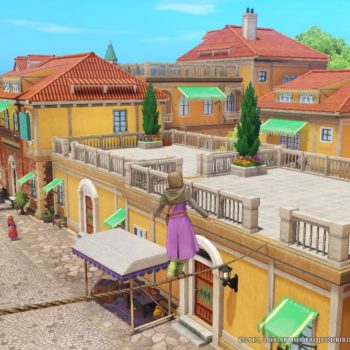
DRAGON QUEST XI: Echoes of an Elusive Age_20180809224306
Fight, repeat, fight.
We should also talk about battles, as you will spend a lot of time doing them. Once again, the good guys outweigh the bad guys - the monster designs are all great, and the game always throws new enemies at you. But there isn't much strategy involved in actually battling monsters, which can, in general, be defeated using the same spell and attack combo. I appreciate that spellcasters' wands and staves can now always absorb MP from enemies when used as weapons; this is because it encourages a heavier use of magic than previous Dragon Quest titles. However, this makes using your precious MPs less strategic than before.
There are some small changes in how battles work, some good and some bad. On the bright side, you now decide your characters' actions when their turn comes to battle. This way, you can avoid accidentally using a special attack on a monster that just ran away or a healing spell on a character who just died.
On the downside, the new Pep system - these sends your characters into rage mode randomly and less strategically than the Tension system. Before, your characters could strategically skip turns to charge up and unleash a powerful attack later. Boosted characters get some interesting special attacks, and having multiple boosted characters at the same time opens up useful combos. But your chance of getting involved in any given shift is mostly random and not a reliable tool. In fact, it's not always available when you really need it.
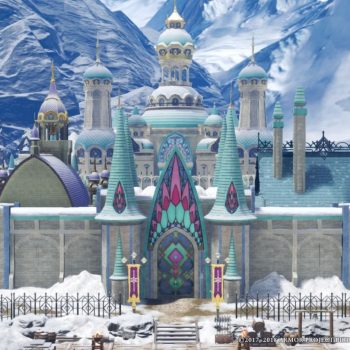
DRAGON QUEST XI: Echoes of an Elusive Age_20180902000826
Technics and automation.
The free-range camera mode is also problematic. Imported from the MMO Dragon Quest X in Japan only, this battle mode allows your character to move freely on the ground while positioning the camera as you wish. The problem is that this mode has literally zero effect on gameplay; your attacks and those of monsters have literally the same effects, regardless of their positions on the field.
Even when your party members are set to automatic battle, they don't move around the field with you. Unfortunately, it doesn't create that MMO feeling of taking down monsters together. They just stay grounded in place, which gets comical once you have enough party members and monsters on the field. If you run across the arena, it basically feels like a self-playing Dragon Quest game. I suggest switching to the classic battle camera in settings.
Finally, the music. You'll spend something like 70% of the game listening to the same two-minute loops playing pretty much everywhere. Longtime fans will also notice a copious and obvious reuse of themes from previous games; in fact, many of these had already been reused recently in Dragon Quest Builders and the Dragon Quest Heroes game duo. Koichi Sugiyama has been in charge of Dragon Quest's music for more than three decades. Despite declining, his productions are now famous and well rooted in the minds of fans.
Conclusion.
This review has mainly focused on the crisp details of Dragon Quest XI Echoes of a Lost Age. Just because playing it you understand how different it is from any other Dragon Quest. It's a great game, with great visuals, memorable characters, and some fun mechanics. But it's still Dragon Quest, and while the game strives to win over beginners who played Builder or Hero first, it's best if you start with an established love for the franchise, or don't at all.
- - Lots of character customization
- - Varied and well balanced world
- - Very well cared for artistic side
- - Repetitive narrative arcs
- - In some places very repetitive
- - Combat system dated
Deprecated: Automatic conversion of false to array is deprecated in /home/soultricks.com/htdocs/php/post.php on line 606




